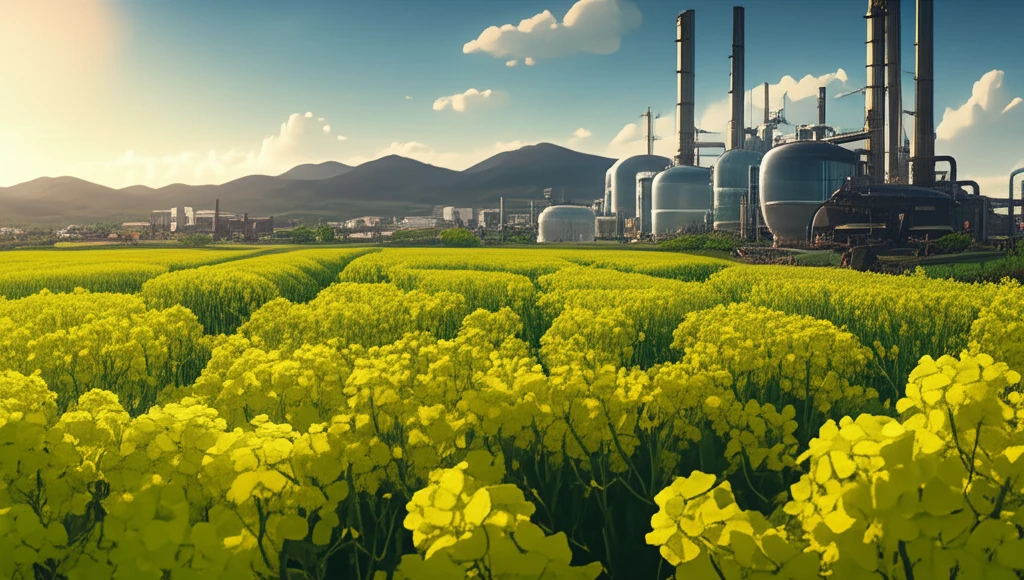
The Future is Yellow: Optimizing Biodiesel Production from Mustard Seeds
"Unlocking sustainable energy with response surface methodology"
In a world increasingly aware of the need for sustainable energy sources, the quest for alternatives to fossil fuels has never been more critical. Among the various options, biodiesel stands out as a promising candidate, offering a renewable and environmentally friendly alternative to traditional petroleum-based diesel. Recent research focuses on optimizing biodiesel production from novel sources like yellow mustard seeds, scientifically known as Sinapis alba L., showcasing its potential in revolutionizing the renewable energy sector.
Energy is really important for how well our society and economy do. Everyone knows that we're using more energy as we get more developed and have better lives. Because of this, it's really important to find ways to use energy better and to use local resources for making energy. This helps us protect the environment, make more stuff, and make sure we have different energy sources that will last.
As the world's energy consumption continues to soar, primarily fueled by fossil-based resources, the environmental implications become increasingly alarming. Recognizing the urgency to transition towards renewable energy sources, scientists and researchers are exploring innovative methods to harness the potential of unconventional feedstocks like yellow mustard seeds for biodiesel production.
How Can We Make Biodiesel Production from Mustard Seeds More Efficient?

A recent study spearheaded by researchers Murat Kadir Yesilyurt, Mevlüt Arslan, and Tanzer Eryilmaz delves into optimizing biodiesel production from yellow mustard (Sinapis alba L.) seed oil using response surface methodology (RSM). This research provides a comprehensive analysis of how varying reaction parameters impact biodiesel yield, paving the way for enhanced production efficiency and sustainability.
- Methanol to Oil Molar Ratio: Imagine adjusting how much methanol you mix with the mustard seed oil. The scientists tested ratios from 2:1 to 10:1.
- Catalyst Concentration: Catalysts speed up reactions. Here, they played with sodium hydroxide (NaOH) concentrations between 0.2% and 1.0% by weight.
- Reaction Temperature: Heat can also affect how quickly a reaction happens. The temperature was varied from 50°C to 70°C.
- Reaction Time: The duration of the reaction also matters, so the researchers tested times ranging from 30 to 90 minutes.
The Road Ahead: Mustard Seeds as a Green Fuel Source
This research illuminates the path toward optimizing biodiesel production from yellow mustard seeds. The insights gained not only enhance production efficiency but also contribute to the broader adoption of sustainable energy practices. As we navigate the complexities of climate change and energy security, innovations in biodiesel production offer a beacon of hope for a greener, more sustainable future.
